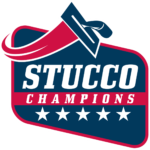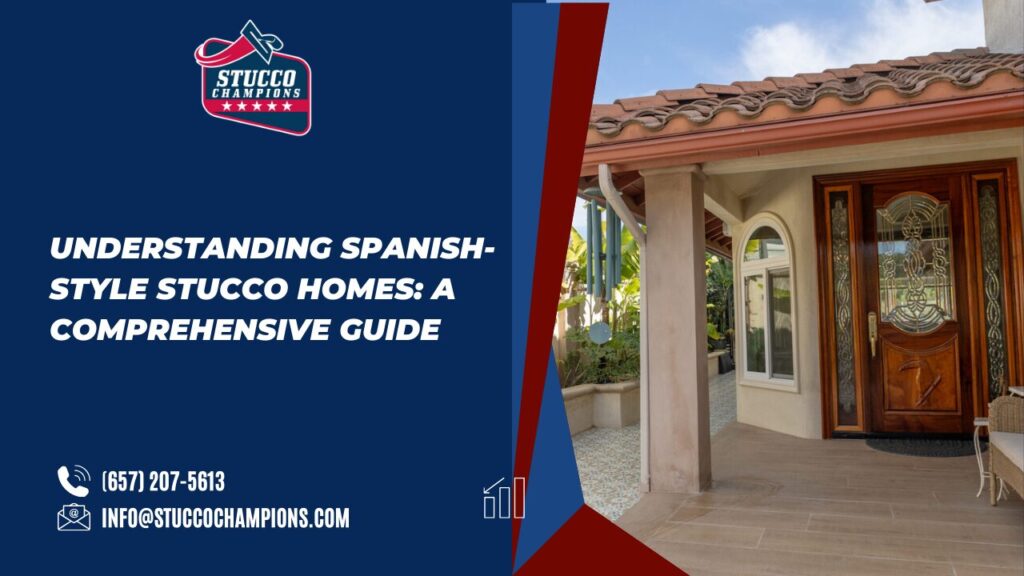Spanish-style homes, with their unique architectural characteristics, have long been a subject of fascination and inspiration in home design. This comprehensive guide explores the essential elements, materials, and aesthetic principles that define Spanish-style stucco homes, offering insights from both historical and contemporary perspectives.
Historical Context and Architectural Features
Spanish-style architecture, deeply rooted in history, displays a rich blend of design elements influenced by the Moorish, Byzantine, Gothic, and Renaissance eras. Key characteristics include:
- Red Tile Roofs: The signature red tile roofs, typically barrel-shaped or ‘S’ style, are not just visually striking but also functional, reflecting the Mediterranean heritage. Using terracotta and variations in hues contribute to the authenticity of the style.
- Arches and Windows: Arches, particularly narrow true arches, are a hallmark of Spanish architecture. They add an element of grace and are often seen in sequences. Windows and doors, typically darker in contrast to the stucco, enhance the visual appeal. Variants like black, oil-rubbed bronze, and dark brown are popular choices.
Material and Construction Insights
Understanding the materials and construction methods is crucial for achieving an authentic Spanish stucco look. This section delves into:
- Stucco Textures and Finishes: The choice of stucco texture significantly impacts the overall appearance. Options range from smooth finishes, like the Santa Barbara Finish, to more textured ones such as sand or heavy lace finishes. Each has its unique visual impact and practical considerations, like crack resistance and maintenance requirements.
- Gable Vents and Details: Incorporating terracotta pipe vents instead of traditional metal vents can add a distinctive touch, reinforcing the Spanish aesthetic. Attention to such details enhances the home’s authenticity and character.
Color Palette: Beyond the Basics
The color palette for Spanish-style homes extends beyond the typical white, embracing a spectrum of earth tones and subtle hues. This part explores:
- Popular Color Choices: While white remains a classic choice for its clean and sleek appearance, alternatives like tan, beige, yellow, and even muted greens can be considered. Each color choice should complement the overall design theme and reflect the desired ambiance, whether traditional or modern.
Practical Considerations and Maintenance
Owning a Spanish-style home involves specific maintenance and care considerations. This includes:
- Regular Upkeep: Maintenance aspects like annual pressure washing, especially for lighter-colored stucco, are essential. Strategies to minimize dirt accumulation, such as landscaping with rocks and mulch, should be considered.
In summary, Spanish-style stucco homes offer a timeless aesthetic that combines historical elements with modern sensibilities. By understanding the key features, materials, and color palettes, homeowners can create spaces that are both authentic and personalized. However, it’s crucial to consult with qualified professionals for tailored advice and to ensure that any modifications or maintenance align with the unique characteristics of Spanish architecture.
This guide aims to serve as a starting point for those interested in exploring or adopting this distinctive style, offering a blend of historical insight, practical advice, and expert guidance.
Last week, we shared Stucco Sheathing: An In-Depth Guide, breaking down the essential role sheathing plays in creating a durable and efficient stucco system. If you’re curious about how proper sheathing can enhance your project’s longevity and performance, don’t miss the post!
—

